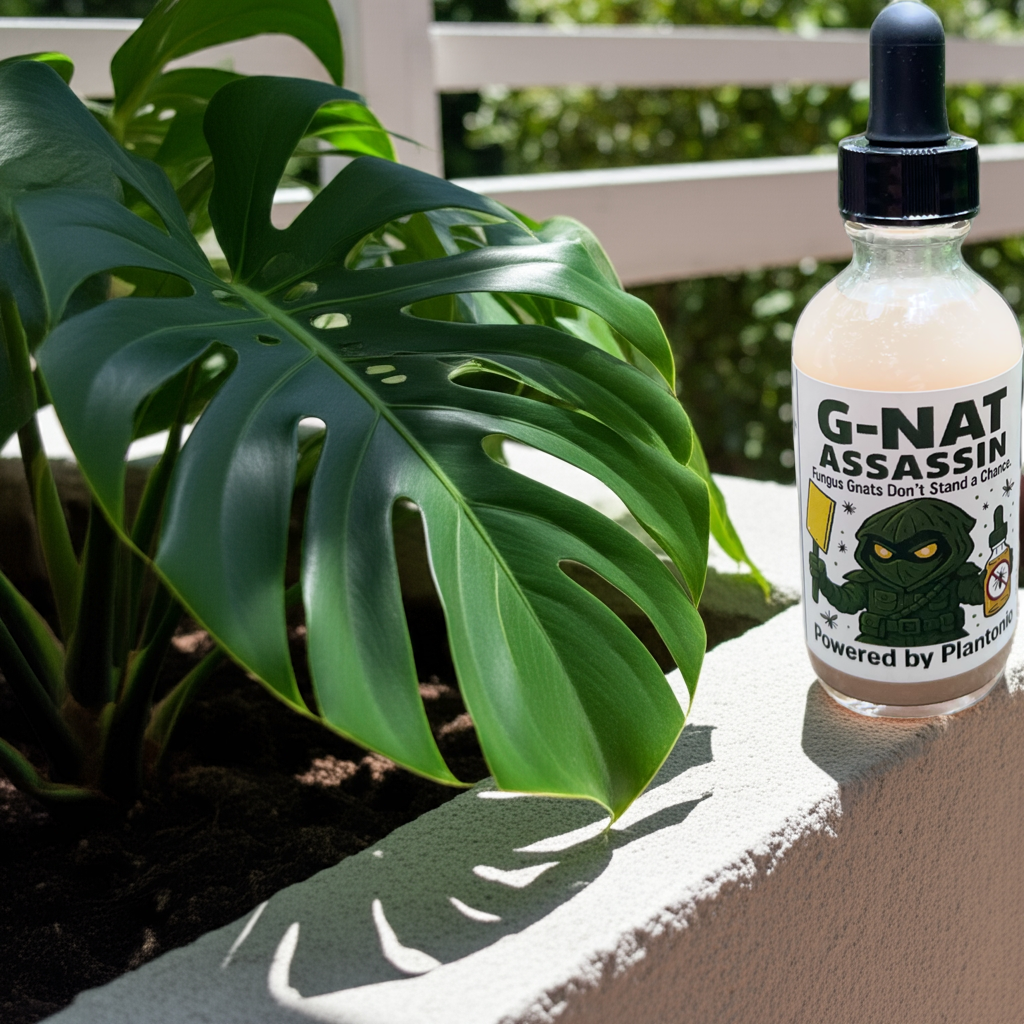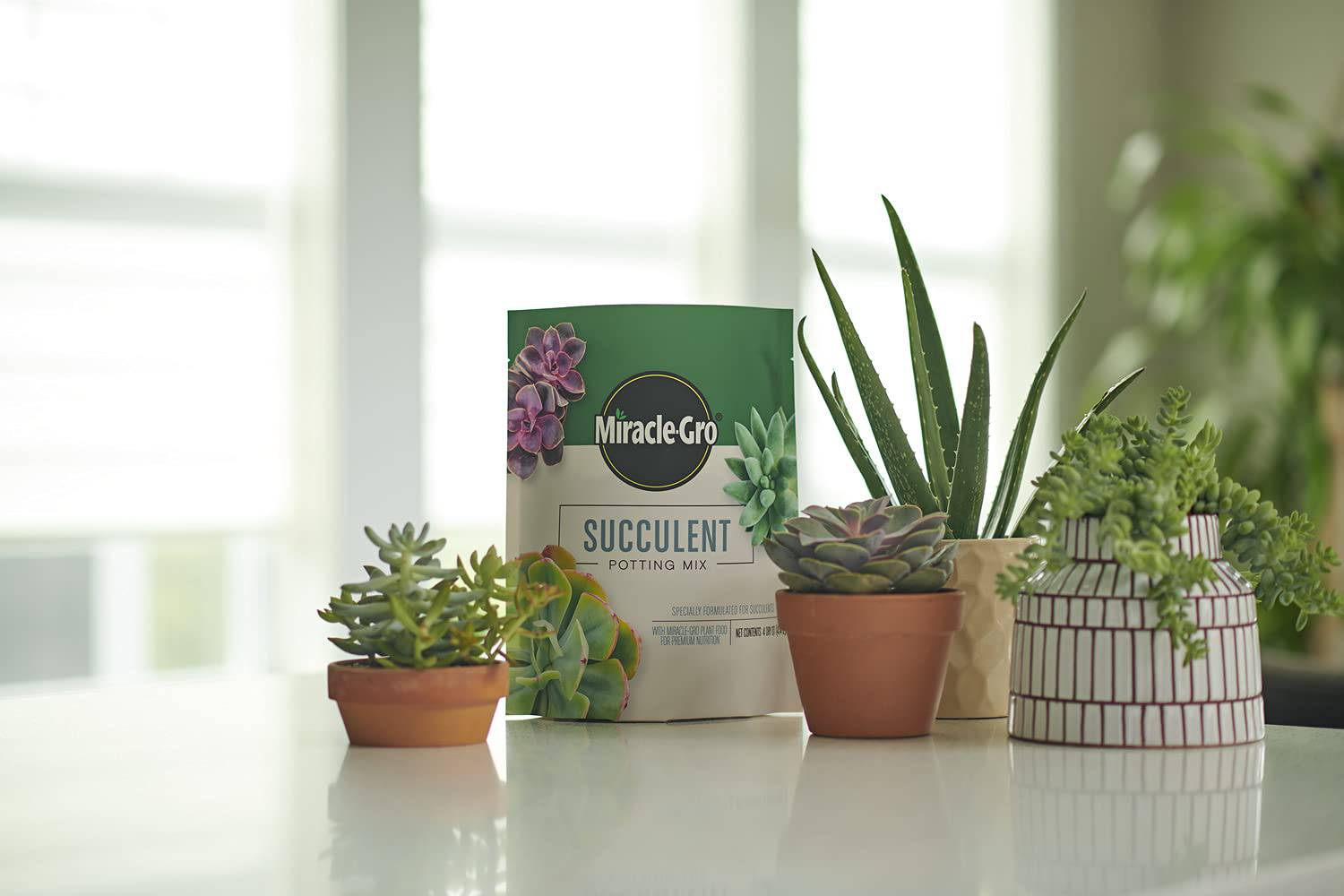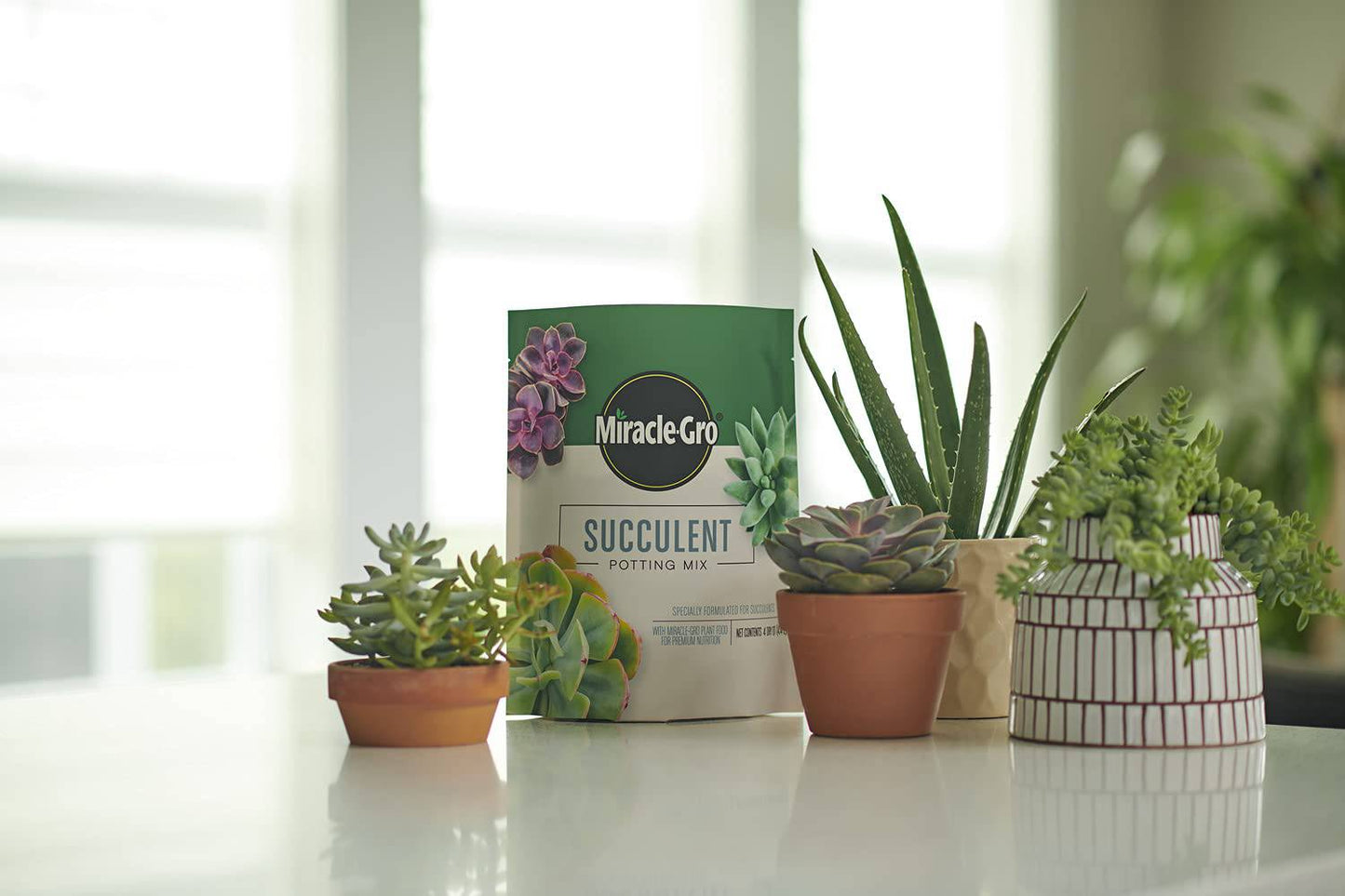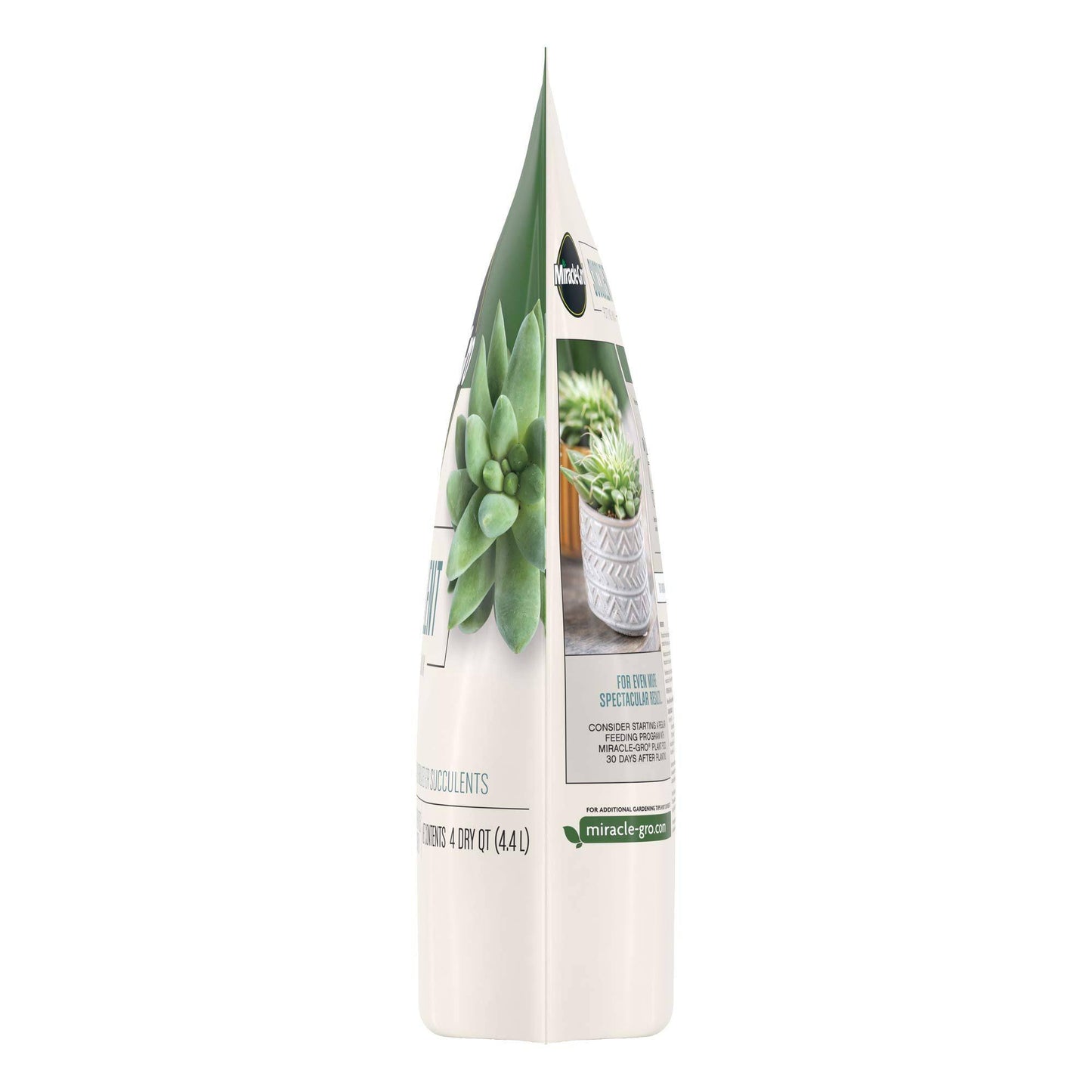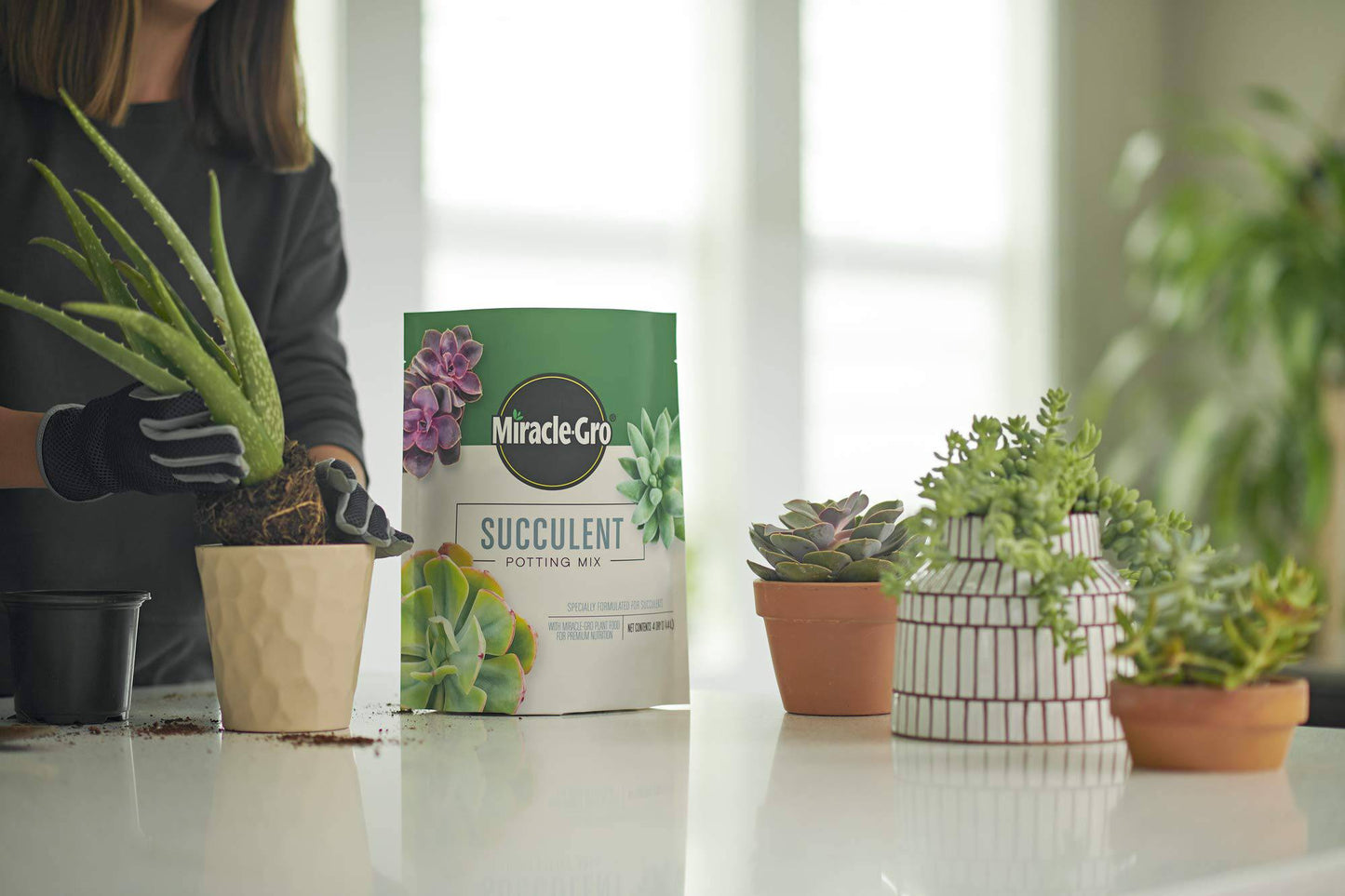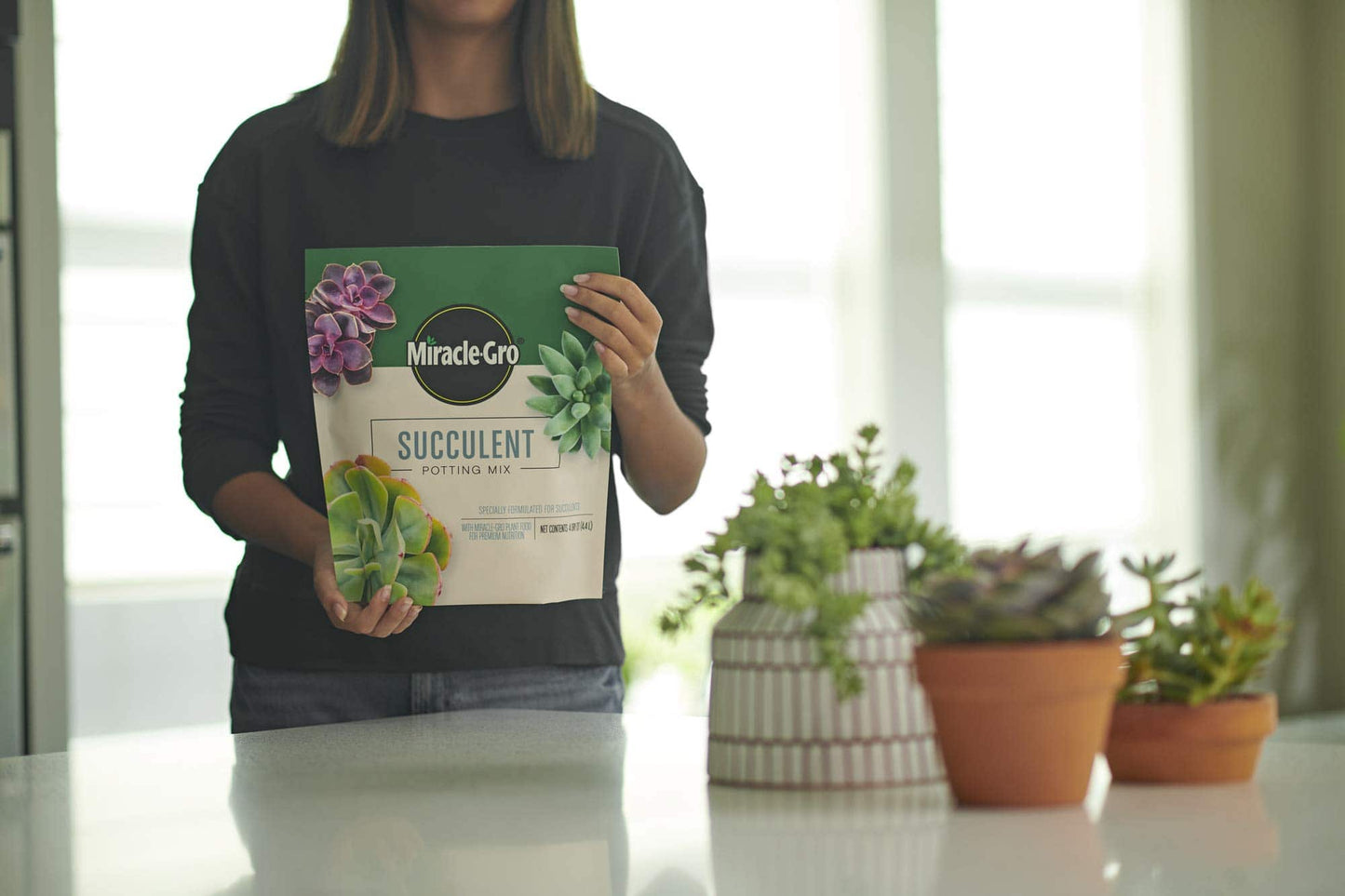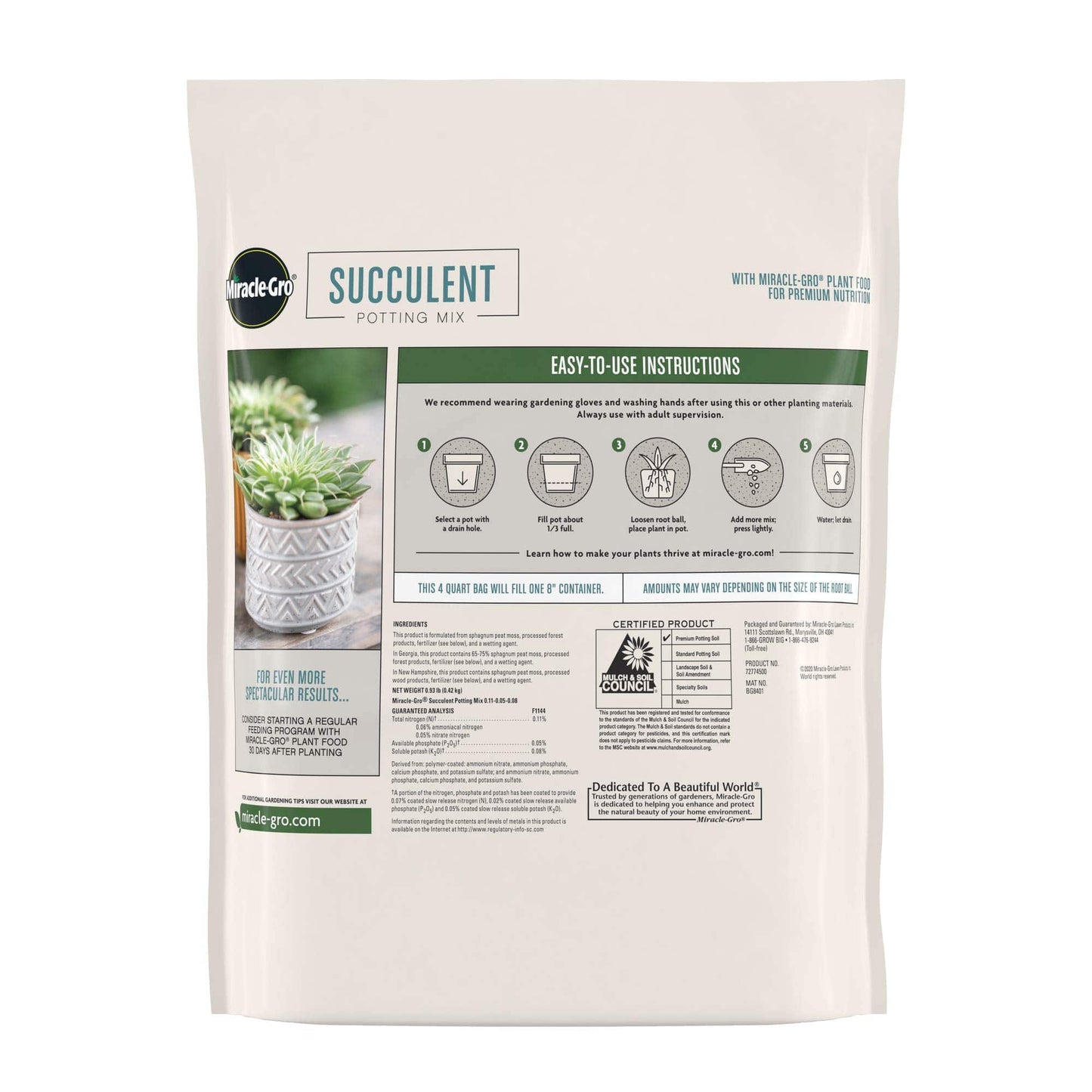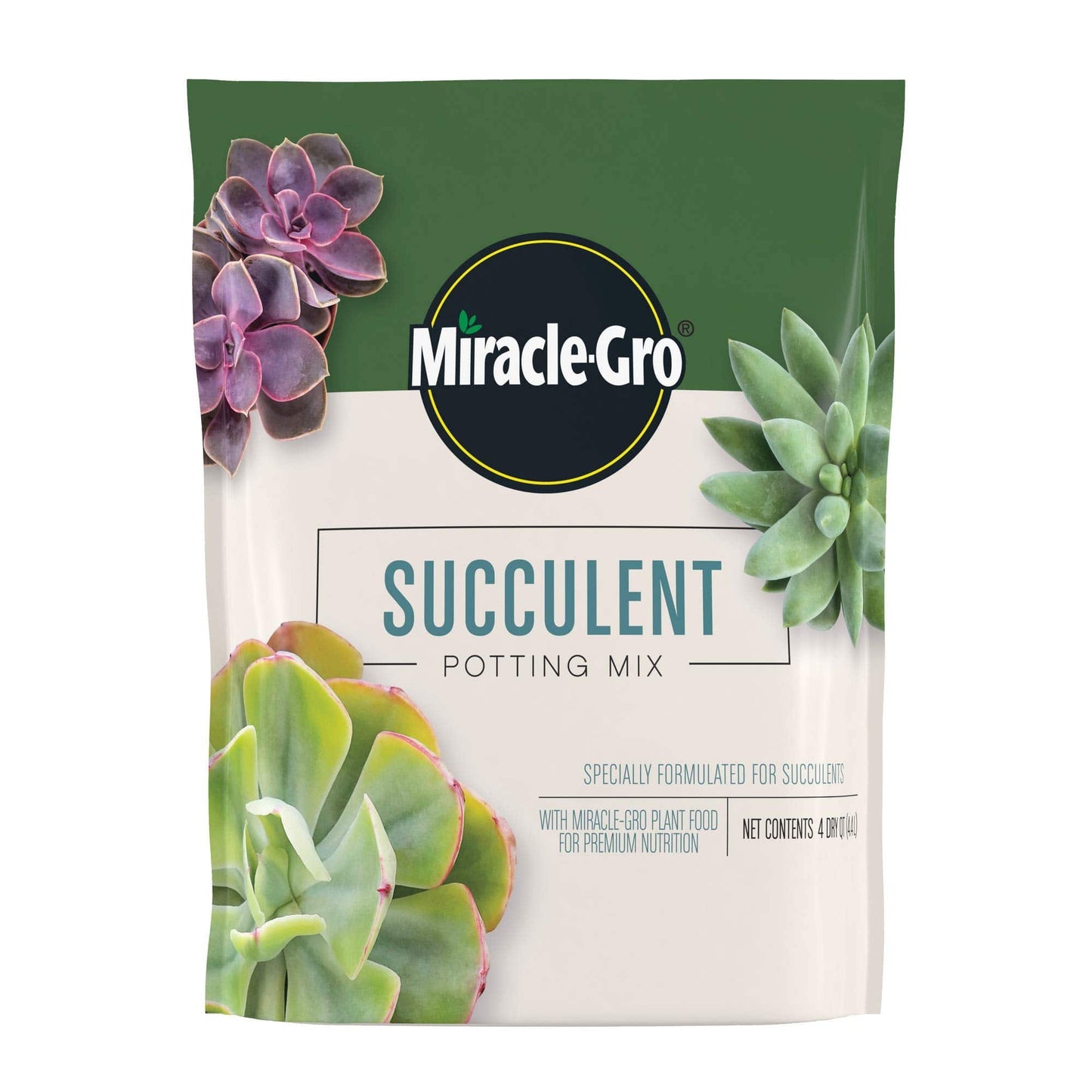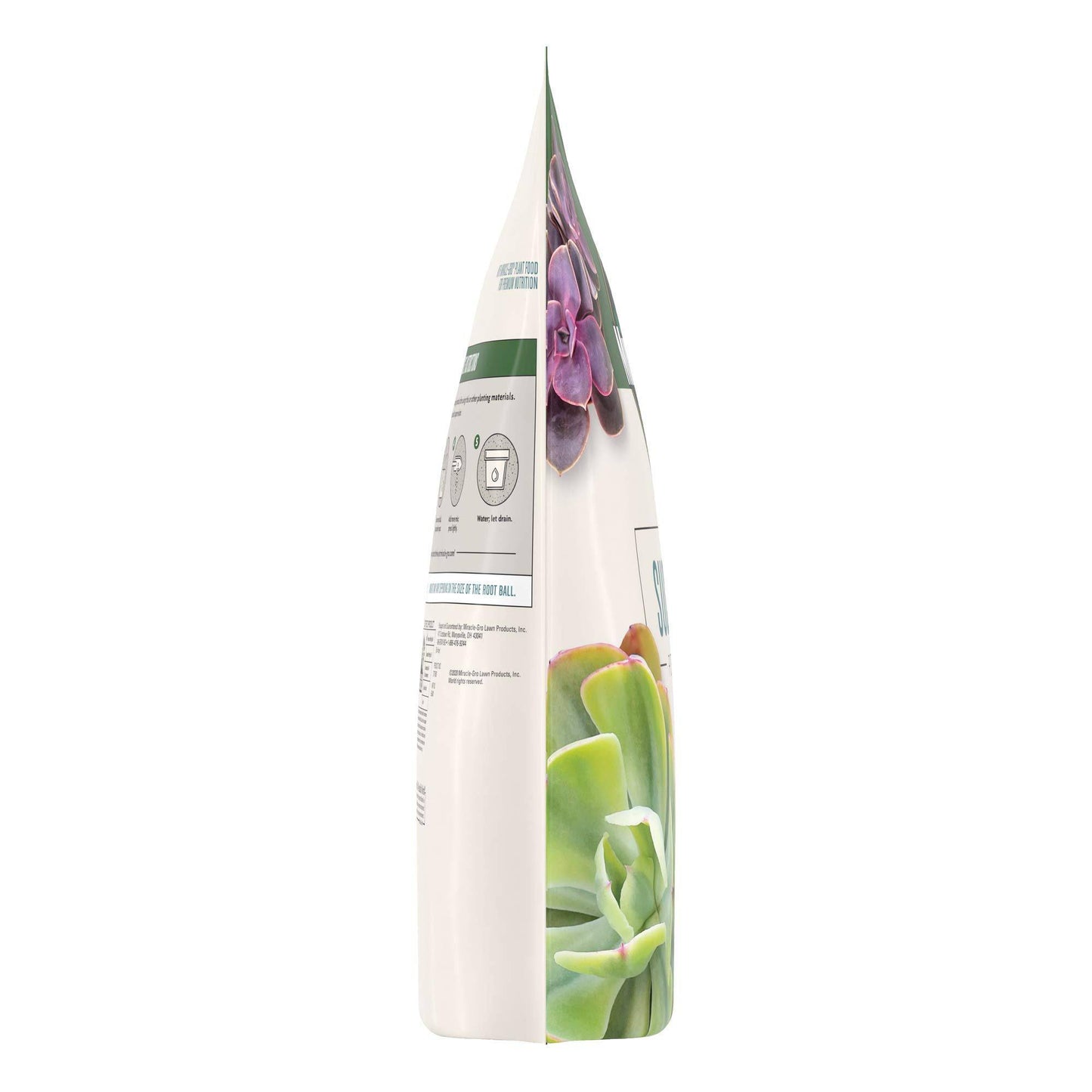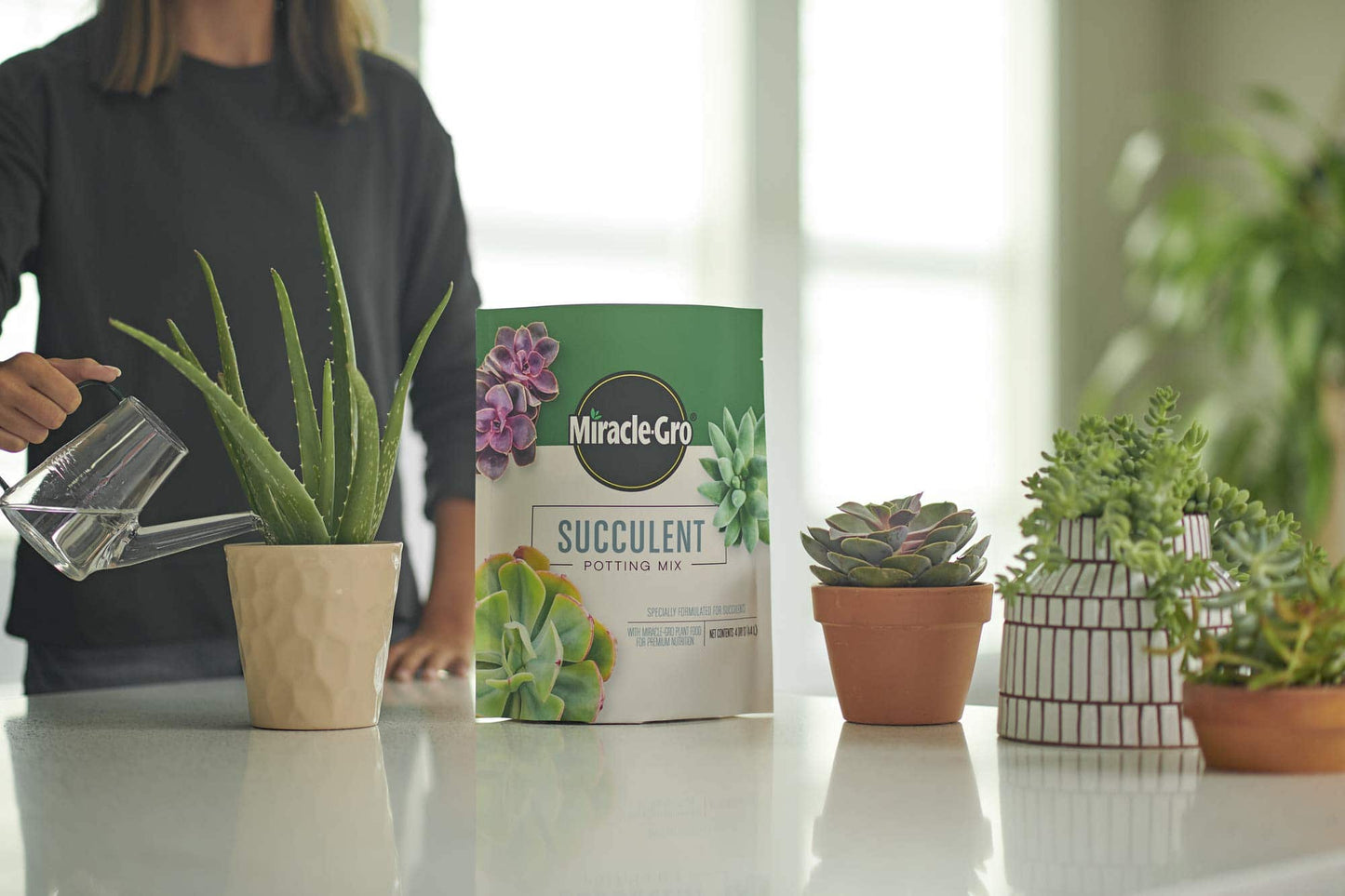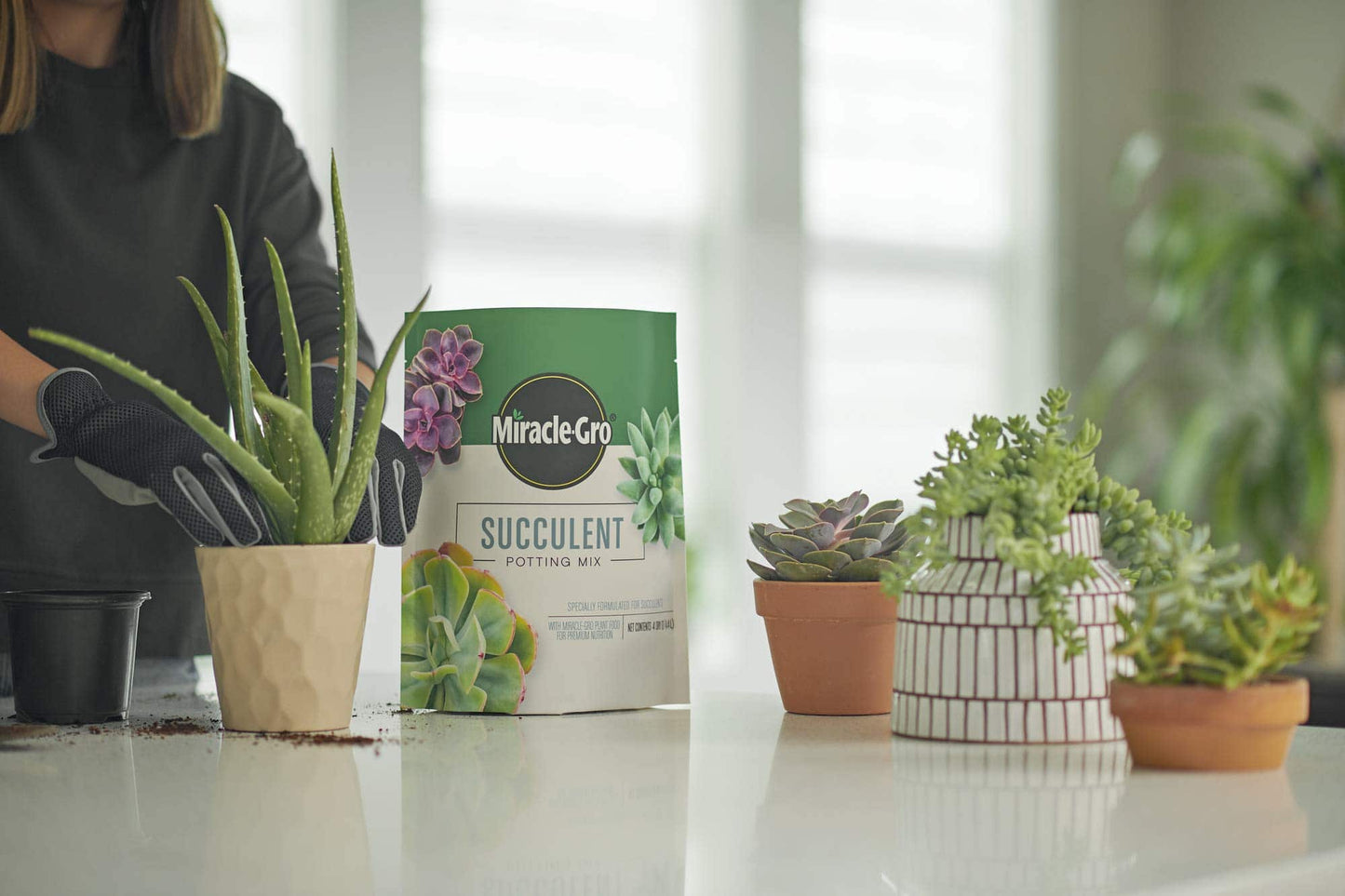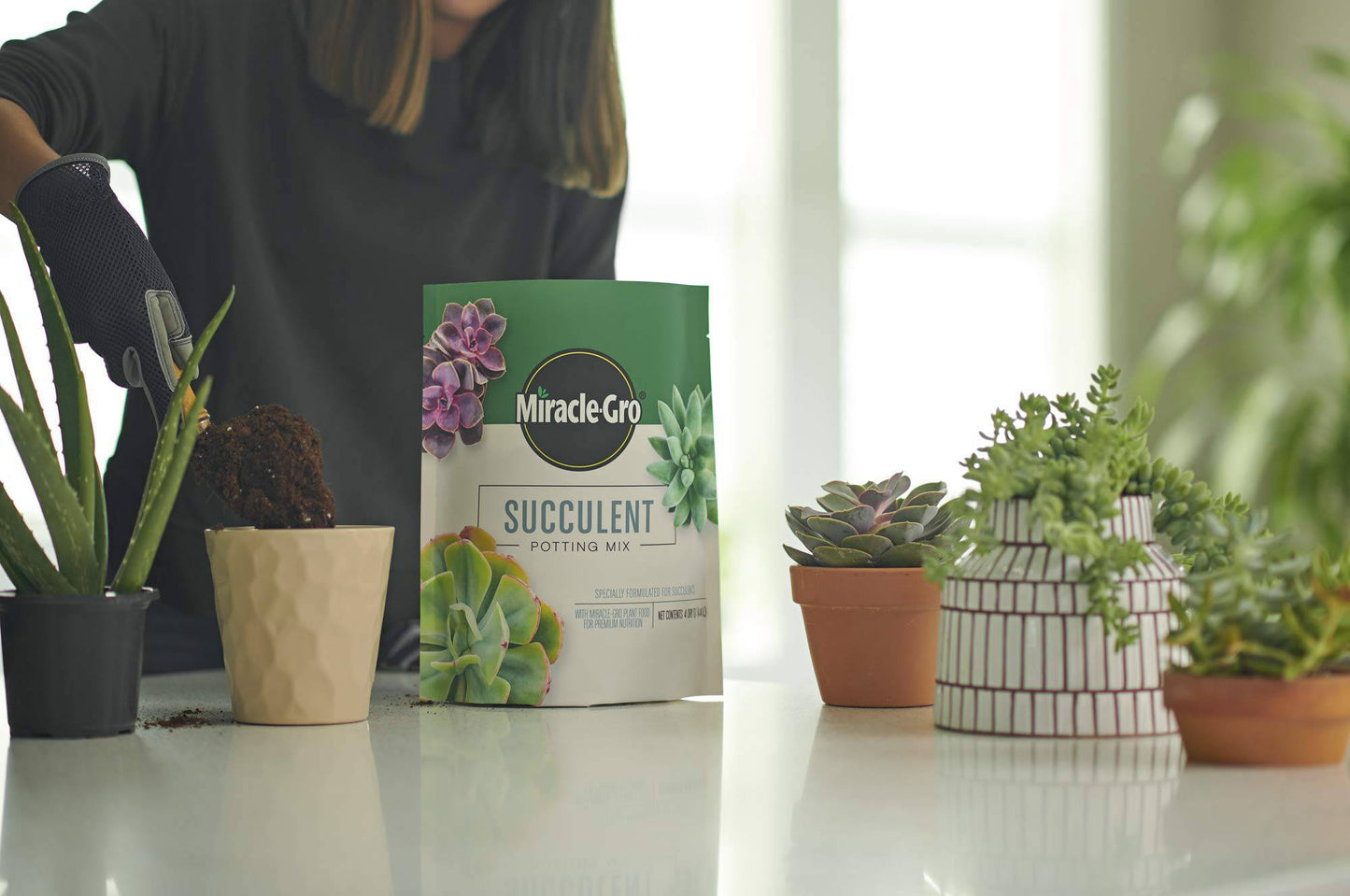Picture this: a serene living space filled with lush greenery and vibrant foliage, exuding a sense of tranquility and beauty. Welcome to the world of indoor plant styling, where nature meets design to transform your home into a botanical paradise. In this guide, we delve into the art of indoor plant styling, offering you tips and inspiration to curate a space that not only breathes life but also reflects your unique personality and aesthetic preferences.
Choosing the Right Indoor Plants for Styling
When it comes to indoor plant styling, selecting the right plants is crucial in achieving the desired aesthetic and ambiance within your home. Here are some key considerations to keep in mind:
Consider Plant Varieties Suitable for Indoor Environments
Opt for plants that thrive in indoor conditions such as Pothos, Philodendron, or Ferns.
Choose plants with varying leaf shapes and colors to add visual interest to your space.
Take Into Account Lighting and Space Availability
Assess the natural light levels in different areas of your home to determine suitable plant placement.
Consider the size of your space and select plants that won't overcrowd or overpower the room.
Highlight Low-Maintenance Options for Beginners
For those new to indoor gardening, start with easy-to-care-for plants like Snake Plants or Spider Plants.
Look for plants that are resilient to fluctuations in watering and lighting conditions.
To explore a wider selection of indoor plant options, refer to reputable online plant shops like The Sill or Bloomscape.
Understanding Aesthetic Plant Placement
Achieving visually appealing indoor plant styling goes beyond just choosing the right plants; it also involves strategic placement and arrangement. Here are some tips to consider:
Utilize Different Pot Sizes and Heights for Visual Interest
Create a sense of depth and dimension by mixing small and large pots within your plant display.
Experiment with varying pot heights to add a dynamic aspect to your indoor plant arrangement.
Create Focal Points with Larger Plants Like Monstera or Philodendron
Use statement plants like Monstera or Philodendron as centerpieces to draw attention.
Surround these focal plants with smaller greenery to enhance their presence.
Incorporate Hanging Planters for Vertical Dimension
Introduce hanging planters at different levels to maximize space and incorporate vertical elements.
Hang cascading plants like Pothos or String of Pearls to create a lush, cascading effect in your living space.
Enhancing Indoor Spaces with Plant Accessories
Elevating your indoor plant styling involves more than just the plants themselves; incorporating plant accessories can transform your space into a botanical oasis. Here are some ideas to enhance your indoor plant decor:
Select Decorative Pots or Plant Stands to Complement Interior Decor
Choose pots in various textures, colors, and materials to match your existing home decor style.
Utilize plant stands or pedestals to elevate plants and create visual interest at different heights.
Incorporate Plant Hangers or Wall-Mounted Shelves for Unique Displays
Hang plants in macrame plant hangers for a bohemian touch or opt for sleek, modern hangers for a contemporary look.
Install wall-mounted shelves to create a floating garden effect and utilize vertical space efficiently.
Integrate Plant-Themed Art or Prints for a Cohesive Look
Add botanical artwork or prints to your walls to complement your indoor plant arrangements.
Opt for frames that echo the natural elements of your plants, such as wooden frames for a harmonious blend.
Implementing Proper Plant Care Routine
Maintaining the health and vitality of your indoor plants is essential for successful indoor plant styling. Here are some guidelines to help you establish an effective plant care routine:
Provide Adequate Watering and Lighting Conditions for Plant Health
Water your plants according to their specific needs, ensuring proper drainage to prevent root rot.
Place sun-loving plants near windows with abundant natural light and shade-tolerant plants in areas with indirect light.
Use Organic Fertilizers to Promote Growth and Vibrancy
Feed your plants with organic fertilizers to provide essential nutrients for healthy growth and vibrant foliage.
Avoid over-fertilizing, as it can lead to nutrient imbalances and harm the plants.
Regularly Dust Leaves and Inspect for Pests to Maintain Plant Aesthetics
Dust your plant leaves gently with a soft cloth to remove debris and allow proper light absorption.
Keep an eye out for common indoor plant pests like mealybugs or spider mites and take prompt action to address any infestations.
Customizing Indoor Plant Styling to Personal Preferences
Personalizing your indoor plant styling allows you to create a living space that reflects your unique taste and preferences. Here are some tips on customizing your indoor plant decor:
Experiment with Different Styles Such as Minimalist, Bohemian, or Modern
Embrace a minimalist approach with clean lines and simple plant arrangements for a sleek and contemporary look.
Infuse a bohemian vibe by mixing plant varieties, adding colorful textiles, and incorporating eclectic decor elements.
Incorporate Personal Touches like DIY Planters or Handmade Accessories
Get creative by crafting your own planters using recycled materials or designing custom plant stands for a personalized touch.
Showcase handmade ceramic pots or woven baskets to add artisanal charm to your indoor plant display.
Seek Inspiration from Online Platforms or Interior Design Resources
Explore social media platforms like Pinterest or Instagram for inspiration on indoor plant styling trends and creative ideas.
Follow interior design blogs or websites like Apartment Therapy for expert tips on incorporating plants into your home decor.
Is indoor plant styling suitable for small living spaces?
Absolutely! Indoor plant styling can be adapted to fit any space, including small apartments or rooms. Opt for compact plant varieties like succulents or air plants and utilize vertical space with hanging planters to maximize greenery in limited areas.
How can I prevent overwatering my indoor plants?
To prevent overwatering, ensure your plants are in pots with drainage holes to allow excess water to escape. Use a moisture meter to gauge when your plants need watering, and only water when the top inch of soil feels dry to the touch.
Which indoor plants are ideal for low-light environments?
Plants like Snake Plants, ZZ Plants, and Peace Lilies thrive in low-light conditions and can tolerate artificial light well. These varieties are perfect for spaces with minimal natural light, such as offices or bathrooms.
How often should I repot my indoor plants?
Most indoor plants benefit from being repotted every 1-2 years to replenish the soil nutrients and provide more space for root growth. Signs that a plant needs repotting include roots growing through the drainage holes or the plant becoming rootbound.
What are some creative ways to display indoor plants?
Get creative with your plant displays by using unique vessels like vintage teacups, glass terrariums, or macrame hangers. Consider incorporating floating shelves, plant stands, or wall-mounted planters to add dimension and visual interest to your indoor plant styling.


